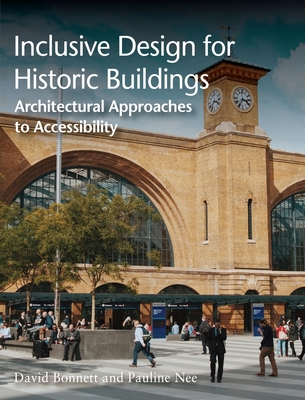
Inclusive Design for Historic Buildings: Architectural Approaches to Accessibility
Description
Historic-listed buildings continue to be enjoyed in the UK as places of work, education, entertainment, worship, and more. However, in order to retain and enhance their value to society, they must function inclusively and provide easier access for disabled visitors. Inclusive Design for Historic Buildings explores how this challenging ambition can be reconciled with the long-standing objectives of building conservation. Experienced Access Consultant David Bonnett clearly sets out the qualifying elements for inclusivity and explores the architectural methods available, identifying five key typologies. Over twenty-five case studies are examined in-depth, each illustrating a successful solution. Topics covered include:
- the history of inclusive legislation
- access auditing
- working on-site and on-plan
- consultation with disabled clients
- creative problem-solving skills
- social dynamics of the future.
Inclusive design is now a fundamental consideration whenever a historic building is being adapted, upgraded, or remodeled. This book will be of great value to students and practitioners alike, as well as all creative professionals working in the built environment. It should inspire those responsible for historic buildings to prepare demanding briefs when considering change.
